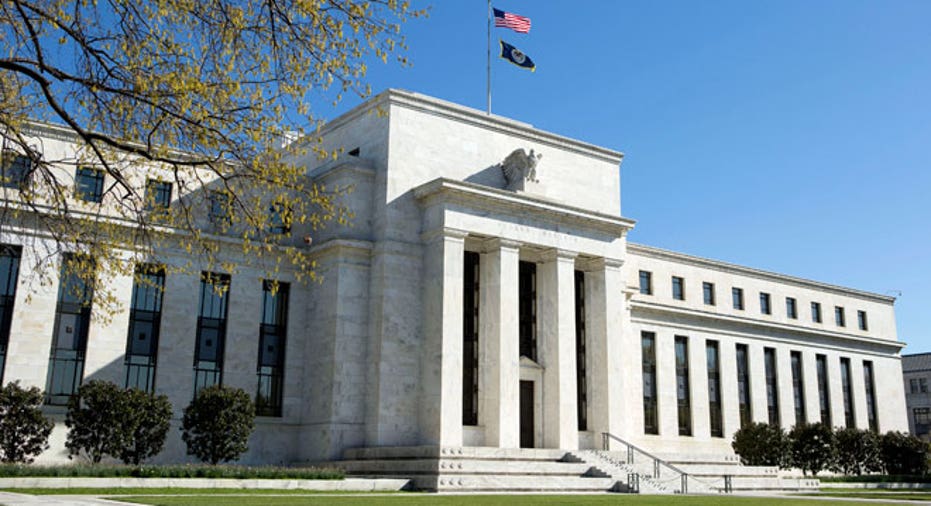Fed Adopts New Bank Rules Targeting Risk

The Federal Reserve on Tuesday announced the adoption of several new rules aimed at reducing the amount of risk taken by large foreign banks with operations in the U.S. in an effort to prevent another financial crisis.
Foreign banks with assets of $50 billion or more will now be required to adhere to “enhanced prudential standards” initiated under the Dodd-Frank Wall Street Reform bill and related Consumer Protection Act.
The concern by the Fed and other regulators is that big foreign banks -- those in the too-big-to-fail category such as Deutsche Bank (NYSE: DB) and Barclays (NYSE: BCS) -- with large U.S. operations and close ties to U.S. banks could trigger a crisis that requires a taxpayer bailout similar to the fallout from the 2008 financial crisis.
“The requirements applicable to foreign banking organizations with a large U.S. presence are an essential part of regulatory reform in the aftermath of the financial crisis,” Daniel K. Tarullo, the Fed governor who oversees regulation, said in a statement.
The new standards include risk-based and leverage capital requirements, liquidity standards, requirements for overall risk management -- including establishing a risk committee – and stress-test requirements.
In addition, banks deemed by the Fed to pose a “grave threat to financial stability” will be held to a 15-to-1 debt-to-equity limit.
The new rules also require certain bank holding companies and foreign banking organizations with assets of $10 billion or more to form risk committees and adhere to capital stress-testing requirements.
The rule does not impose enhanced prudential standards on non-bank financial firms, according to a statement released by the Fed.
Fed Chair Janet Yellen in prepared remarks while introducing the new rules said the heightened standards are intended to prevent “the sudden failure or near failure of large financial institutions” which “can have destabilizing effects on the financial system and harm the broader economy.”
The 2008 financial crisis, Yellen said, highlighted the fact that the existing regulatory structure ensuring that big banks didn’t take on too much risk “contained material weaknesses.”
“The final rule would help address these sources of vulnerability,” Yellen said.
“In developing the requirements for both domestic and foreign banking organizations, the (Fed) has sought to strengthen U.S. financial stability and reinforce its longstanding policy of national treatment and equality of competitive opportunity between the U.S. operations of foreign banking organizations and U.S. banking firms.”
The new rules take effect in July 2016, a year later than first proposed. Another rule, one that has drawn a great deal of criticism from the foreign banks, which impacts leverage ratio requirements -- another way to rein in risk -- takes effect in July 2018.



















